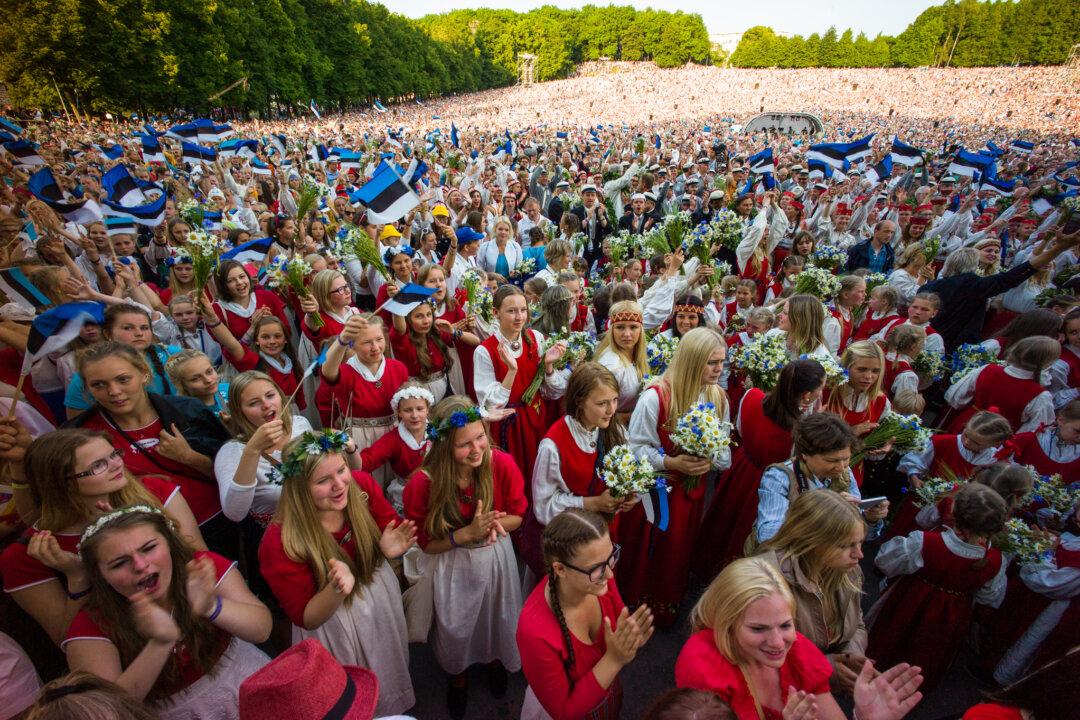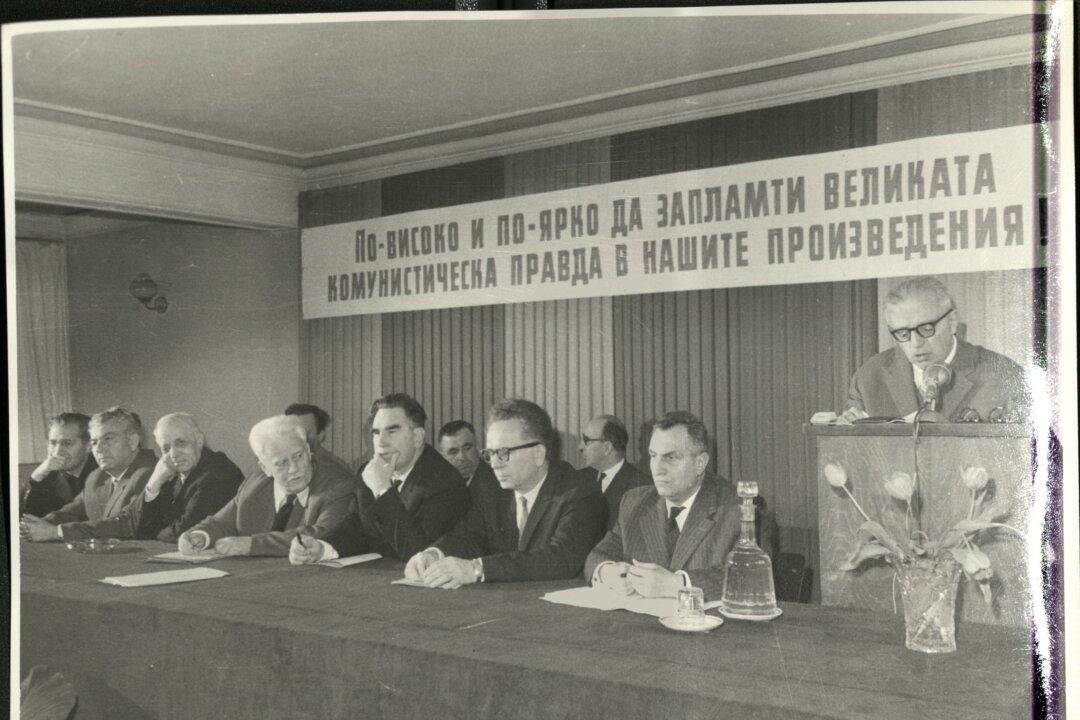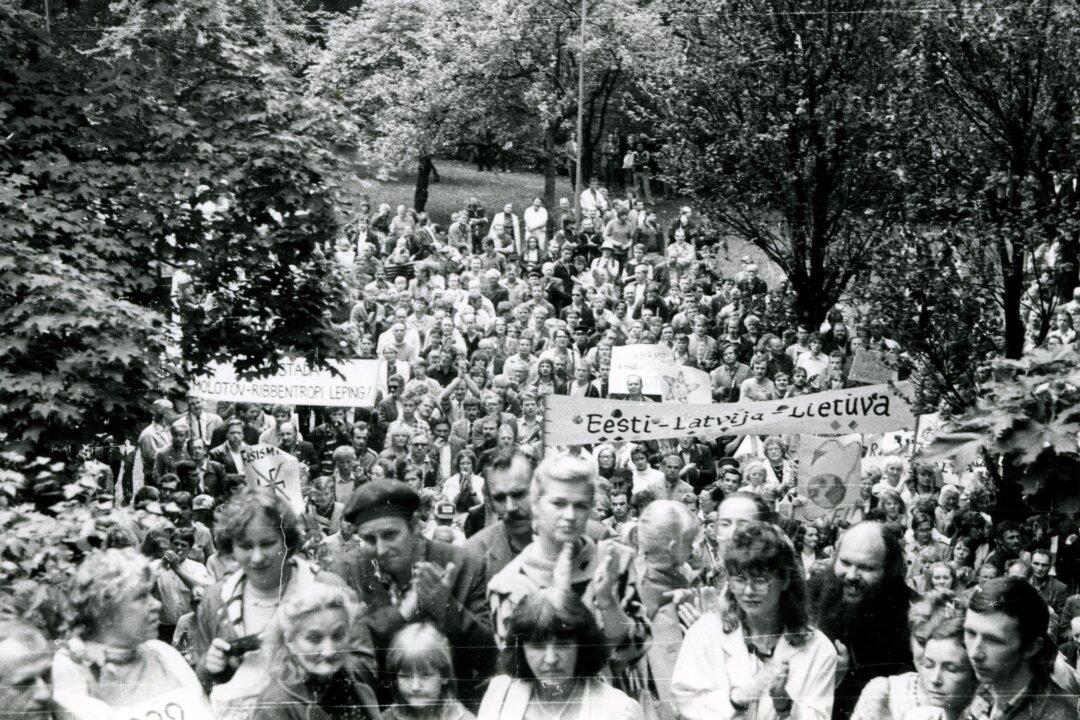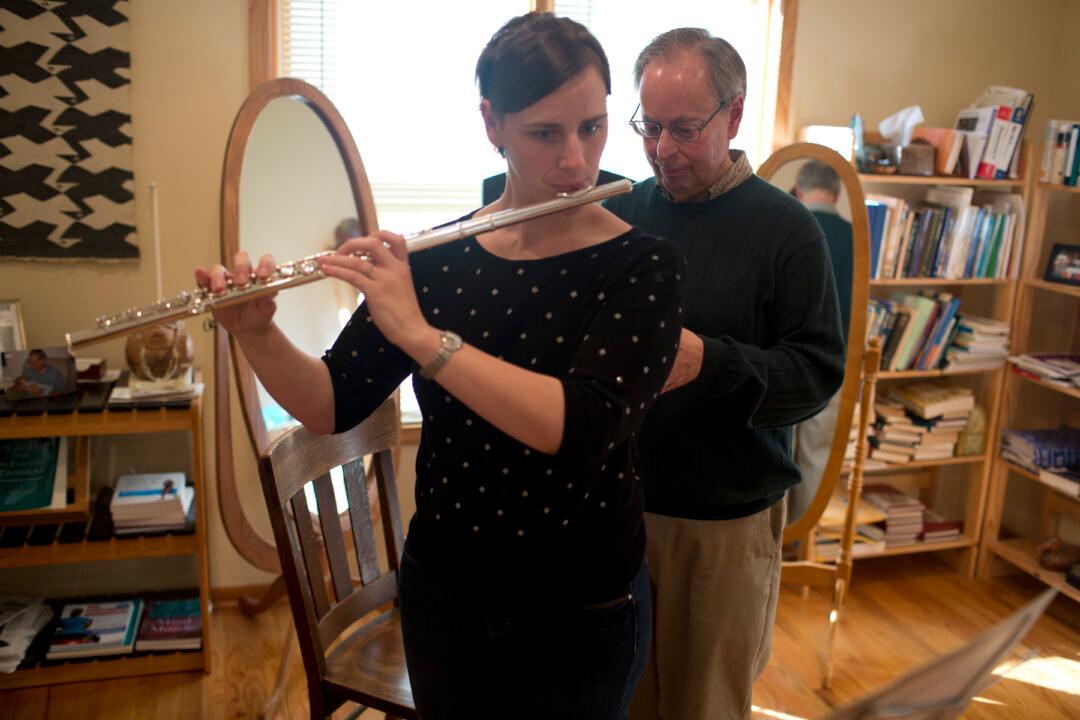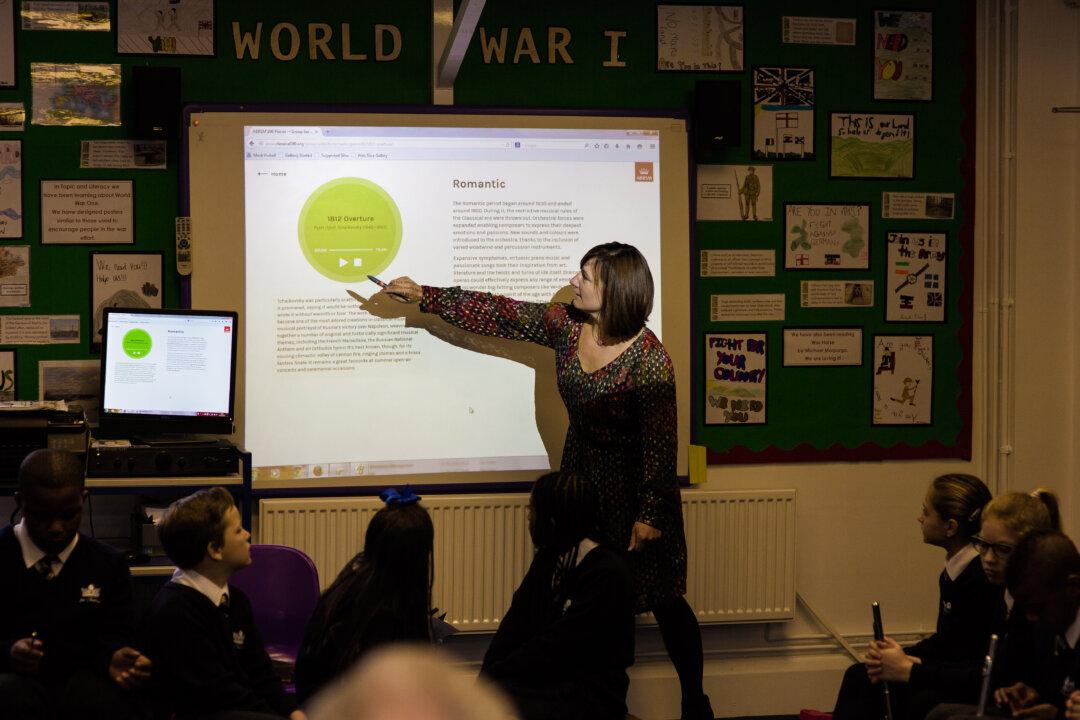TALLINN, Estonia—There is no denying it: Estonians love singing. Starting June 30, the country will see nearly 35,000 youth participate in its Youth Song and Dance Celebration.
The small north European country with a population of 1.3 million has 1,000 years of choral tradition, one of the largest collections of folk songs in the world, as well as 1,422 choirs, 132 orchestras, and 1,500 dance groups.
“The song tradition is natural for us like the sauna is for the Fins, and the American football is for the Americans,” said Sten Weidebaum, communication manager of the Estonian Song and Dance Celebration Foundation, as he sat in his office in Estonia’s capital, Tallinn, in May.
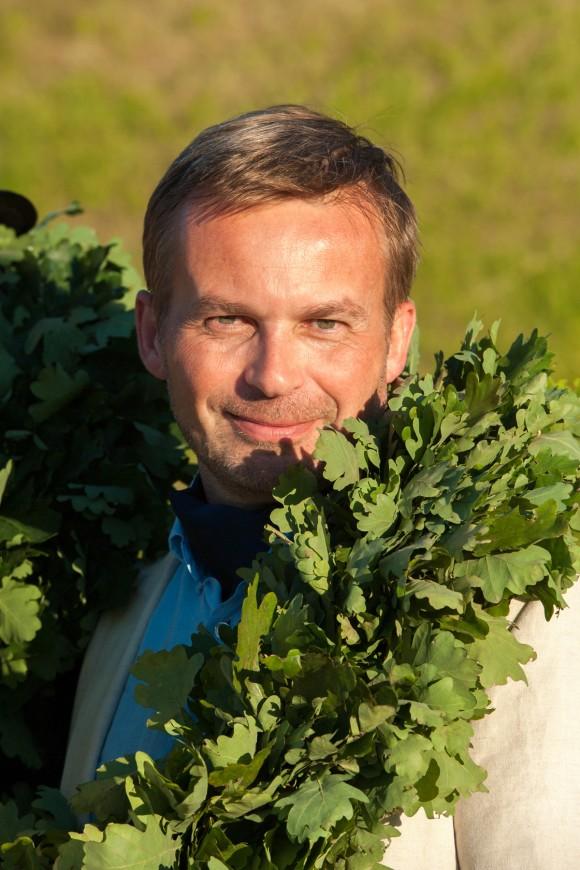
Sten Weidebaum, a participant in the Singing Revolution in the late '80s and now the communication manager of the Estonian Song and Dance Celebration Foundation. Jaanus Ree

